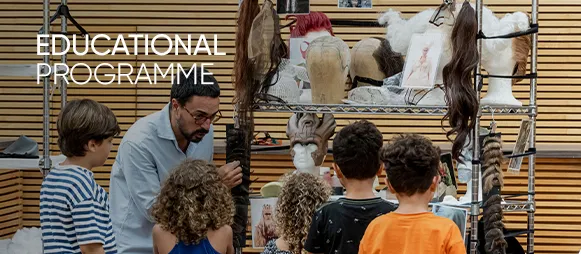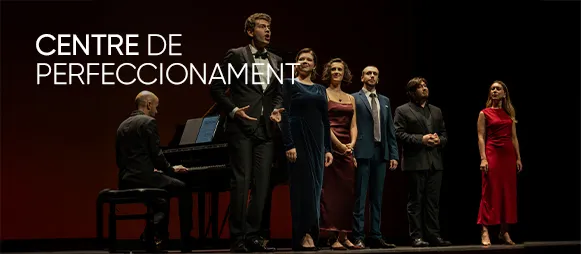
TURANDOT
Giacomo Puccini 1858-1924
Dramma lirico in three acts
Libretto by Giuseppe Adami and Renato Simoni
after the eponymous work by Carlo Gozzi
Premiere: 25 April 1926
Teatro alla Scala, Milano
Turandot: from the Commedia dell’Arte to a sui generis expressionism
Turandot was Giacomo Puccini's last compositional adventure. Begun in 1921, it was a project that would occupy him until 1924. He died on 29 November that year, leaving sketches and many doubts about the text and music of the last two scenes, which would be completed by Franco Alfano. The libretto was inspired by the theatrical fable Turandotte (1762) by the Venetian count Carlo Gozzi. Although greatly transformed in its final form from its original comic overtones, Puccini rescued from it the homage to the commedia dell'arte in the figures of the three ministers and the emperor Altoum. The composer always felt it was an opera in one long act, and the division into three never satisfied him. Nevertheless, he resigned himself to accepting the custom of presenting it in three sections separated by curtain falls. Its 20th-Century modernity transcends its ‘ethnographic’ musical contributions (reworked authentic Chinese music), hints of bitonality, subtlety of orchestration and search for new timbres that denote Puccini's eternal youth in his venerable old age.
Escolania de la Mare de Déu dels Desemparats
Chorus master Luis Garrido
*Cor de la Generalitat Valenciana
Chorus master Jordi Blanch Tordera
Orquestra de la Comunitat Valenciana
++Centre de Perfeccionament
A production from New National Theatre de Tokio and Tokyo Bunka Kaikan










